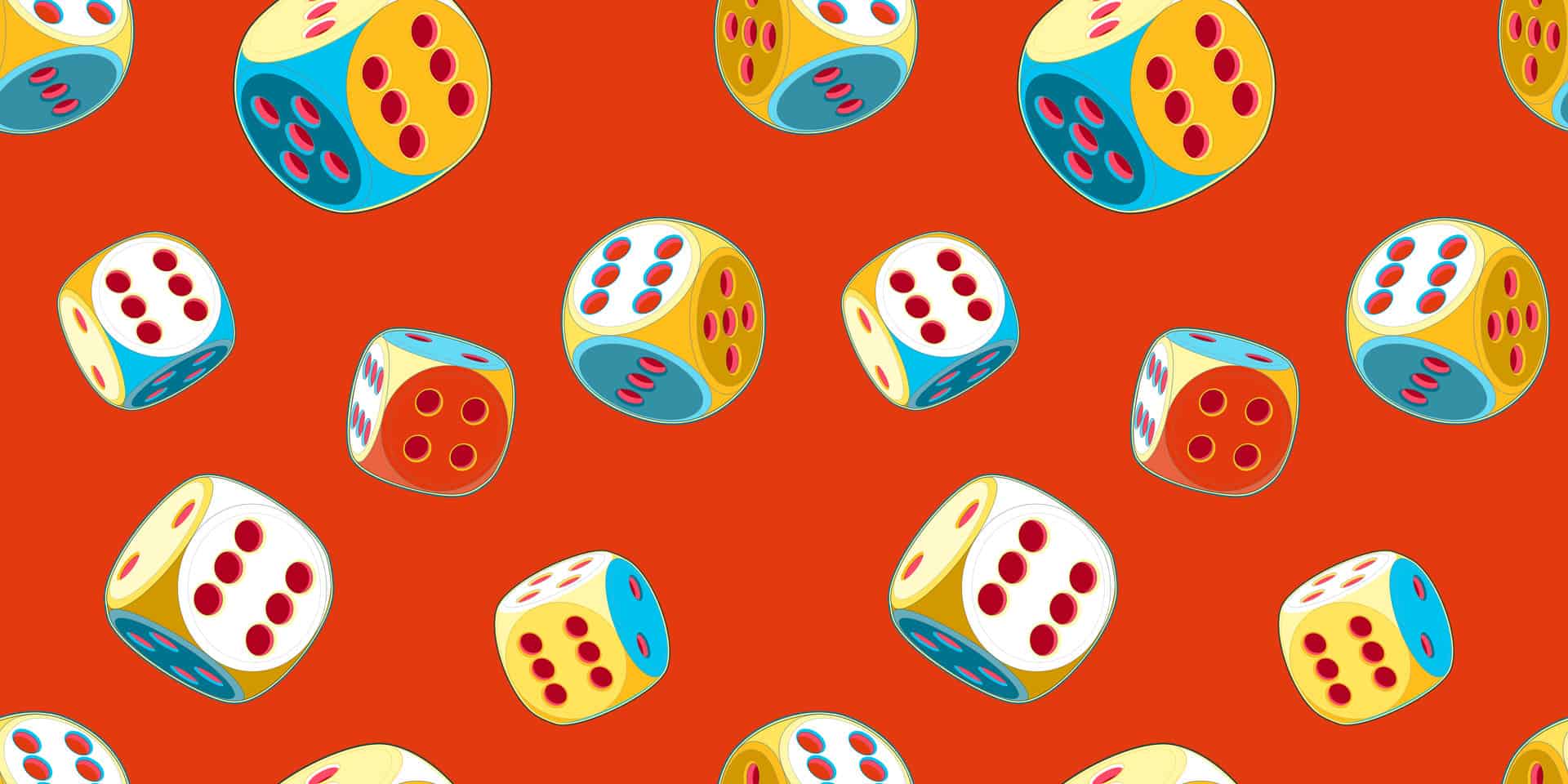For those of us who struggle with substance abuse, becoming sober is a huge milestone—but staying there safely is often where the battle really begins.
Choosing recovery brings a unique set of challenges, especially when it comes to withdrawal and the risk of relapse. Although physical effects can fade within a few weeks, other withdrawal symptoms (like depression, anxiety, and the urge to relapse) can occur months or even years after getting sober.
Recently, these long-term issues have been identified as an interwoven group of symptoms called Post-Acute Withdrawal Syndrome, or PAWS. Most relapses happen during the first year of recovery, and PAWS is a major risk factor. Although there is no fail-safe way to cure or prevent PAWS, there are treatments that can relieve symptoms, decrease the risk of relapse, and clear the path to long-term sobriety and stability.
What is Post-Acute Withdrawal Syndrome?
PAWS isn’t technically a medical diagnosis, but the term for a group of long-lasting symptoms that may show up throughout the recovery process. PAWS isn’t specific to one drug: it can happen to those recovering from opiates (like pain pills or heroin), benzodiazepines (like Xanax), alcohol, and most other addictive drugs. Common symptoms of Post-Acute Withdrawal Syndrome include:
- Depression
- Anxiety
- Cravings and urges to relapse
- Sleeping too much or too little
- Stress
- Mood swings
- Difficulties with memory and thinking
Researchers don’t fully understand what causes PAWS, but it’s believed that there are several components. For one thing, addiction significantly reduces dopamine in the brain, which amplifies symptoms like depression, anxiety, and stress. On top of that, the stress of lifestyle changes that are necessary for long-term recovery can add to these symptoms.
Although recovery is always the right choice, it rarely marks the finish line—and feeling depressed or overwhelmed during this period is normal. In fact, Post-Acute Withdrawal Syndrome is more common than you might think: scientists at UCLA estimate that 75% of people in recovery “experience [PAWS] to some degree.”
PAWS Treatment and Relapse Prevention
Addiction is a painful cycle of relapse and recovery. Sobriety leads to symptoms of PAWS, PAWS can lead to relapse, and the cycle continues until something changes. The purpose of treatment isn’t just to alleviate symptoms—it’s to break the cycle.

While there is no known cure for PAWS, symptom management is possible—and it can be the driving force behind a successful recovery. By combining medication with support and resources like therapy, you can build the foundation for a continued, rewarding recovery that breaks out of the addiction cycle.
The Role of Ketamine and NAD+ Therapy
Our clinics offer evidence-based, clinically supervised treatments of ketamine and NAD+. According to research, this treatment regimen can potentially:
Treat Depression and Alleviate Stress
When addiction and relapse happen, it is often related to trouble processing underlying emotions. Treating root issues like depression and stress is key to improving overall health, which leads to a lower risk of relapse.
Ketamine is quickly becoming a standard depression treatment, and for good reason: research shows that sufferers of depression can feel symptom relief within one hour of their first infusion. Additionally, growing evidence suggests that ketamine may be more effective than antidepressants like Prozac in preventing and reducing stress.
NAD+ therapy is often used alongside ketamine in addiction therapy. NAD+ is essential for promoting cell health, improving brain function, boosting energy, and regulating metabolism, all of which are associated with reduced symptoms of depression. The combination of ketamine and NAD+ may significantly reduce depression during recovery, making relapse less likely.
Boost Neuroplasticity
One theory as to why relapses happen relates to the brain’s neuroplasticity, or the ability to change deep-seated habits and behaviors. Our brains are wired to prefer routine, so the habit of substance abuse becomes harder to break as it enters our daily life.
This is where ketamine and NAD+ come in: neuroplasticity can be strengthened, making it easier to rewire the brain and ditch old habits. Both ketamine and NAD+ are believed to boost neuroplasticity, creating an opportunity to develop crucial new sober habits more easily. Neuroplasticity gives us a reason to be optimistic: just as we get stuck in the habit of addiction, we can train our brains to get “stuck” in the habit of sobriety.
Reduce Cravings and Withdrawal Symptoms
Cravings and withdrawal, of course, play a serious role in relapse during recovery. While we do not yet fully understand the reasons for cravings during PAWS, modern science has identified ketamine as a possible remedy.
In 2018, a group of researchers found that after ketamine treatment, cravings for cocaine were reduced by 60% in patients suffering from addiction. Likewise, this study linked ketamine therapy to sobriety in patients suffering from alcoholism and opioid use disorder.
NAD+ may also have a place in addiction therapy: it has been used as a holistic withdrawal treatment since at least the 1960s. Patients have reported that NAD+ assists sobriety by removing cravings and withdrawal symptoms,6 but more research is needed to draw conclusions.
Wellness Support
In addition to exploring medication options, emotional support is a key pillar of maintaining wellness throughout recovery. This includes both personal support (like family and friends) and professional support (like a counselor or support group).
Support groups provide an opportunity to connect with others who have experienced similar struggles. Alcoholics Anonymous and Narcotics Anonymous both offer structured support and resources during all stages of recovery. One-on-one therapy is another important tool for coping with challenges that arise, as a source of support tailored to your individual needs.
Getting sober is complicated: it’s like sorting through heaps of emotional, physical, and psychological knots. It’s important to ask for support, and to remember that treatment can be started at any stage of recovery—and it is always worth it.
Further Reading: Could Ketamine Treatment Prevent Addiction Relapse?





